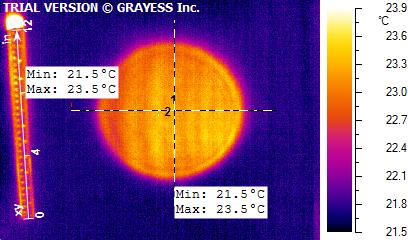J. Kissel
I've resolved issues identified with the ETMY GND STS storage in the frames, originally identified in LHO aLOG 12818 -- the channels
H1:ISI-GND_STS_ETMY_X_DQ
H1:ISI-GND_STS_ETMY_Y_DQ
H1:ISI-GND_STS_ETMY_Z_DQ
are now properly recording the ground STS2 as the rest of the STS2s on site.
Details:
At the end stations, the STS2s are piped directly into an AA chassis, as opposed to the corner where there is an analog distribution box in which there enough spigots to swap cables around such that the three STSs enter the ADC in an arbitrary order (see D0901301). However, internal wiring of the STS2 Interface Chassis, spits out the X, Y, and Z, channels out on its DB15 such that when piped directly into the AA chassis, skipping the STS Distribution Chassis, it comes in on ADC3 channels 23, 24 and 25. In the the corner, ADC 3 channels 23-25, 24-26, and 27-29 are piped into the common front-end model library part for the BSC-ISI, isi2stagemaster.mdl, as STSA, STSB, and STSC, respectively in that order. At EX, in order to get the GND STS which comes in on ADC3 23-25 to map to STSB, the top-level model has been re-arranged to get ADC 23-25 into STSB. This had not been done at EY. That's now fixed.















Due to some shorting issue that occurred while swapping the R0 LF and RT BOSEMs, I had to swap out the R0 LF BOSEM. We recalculated and reloaded the offset and gain for this channel. The new values are:
OSEM Open Light Compensation Compensation Current [ct] Gain [ ] Offset [ct] R0LF 29804 1.007 -14902And the corresponding serial numbers for all BOSEMs are:
M0F1 026
M0F2 195
M0F3 015
M0RT 102
M0LF 302
M0SD 294
R0F1 310
R0F2 292
R0F3 085
R0RT 029
R0LF 574
R0SD 437